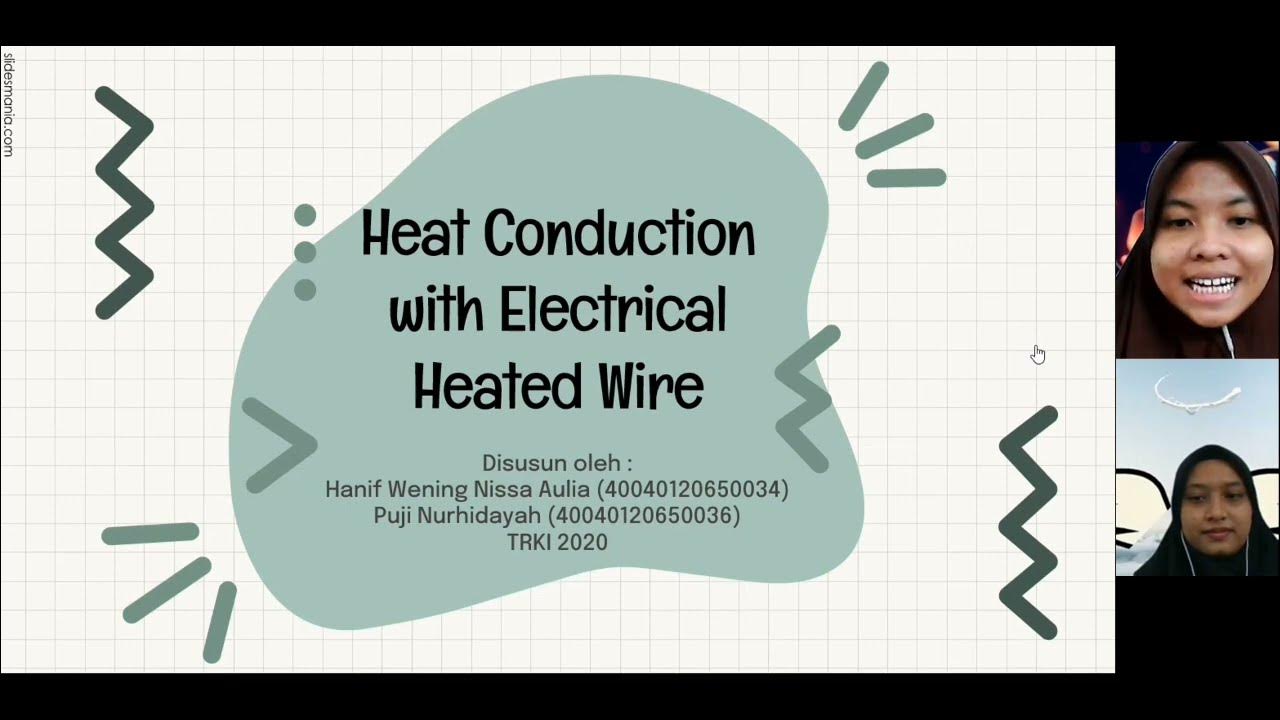National Electrical Code - Unit 7
Summary
TLDRThis video provides an in-depth exploration of the key points related to the installation of electrical systems in one-family dwellings. It highlights the importance of following codes and standards for proper installation, focusing on areas where specific regulations are applied in residential locations. The speaker emphasizes understanding these codes to ensure safety, efficiency, and compliance during installation. The content serves as a valuable guide for those looking to grasp the essentials of residential electrical system installations.
Takeaways
- 🏡 Understanding the importance of following residential electrical codes is crucial for safety.
- 🔌 Installing electrical systems requires knowledge of specific codes to ensure compliance.
- 📚 Familiarity with various electrical components is essential for effective installation.
- ⚙️ Proper grounding techniques are vital for preventing electrical hazards.
- 📝 Always document installations accurately to maintain compliance and safety records.
- 🔍 Regular inspections of electrical systems help identify potential issues early.
- 🧰 Using the correct tools and equipment is necessary for efficient installation processes.
- 🌍 Awareness of local codes can differ significantly, so always check region-specific regulations.
- 👨🏫 Ongoing education and training in electrical installations can enhance safety and effectiveness.
- 📈 Understanding common installation pitfalls can help avoid costly mistakes.
Q & A
What is the primary focus of Unit 7 in the lecture?
-The primary focus of Unit 7 is on specific electrical provisions for one-family dwellings, including branch circuits, receptacle placements, and safety requirements in various areas of the home.
Why does the instructor ask for feedback on the educational format?
-The instructor requests feedback to tailor the course for better understanding and effectiveness, ensuring that the online format meets students' learning needs.
What is the minimum requirement for appliance branch circuits in a kitchen?
-At least two appliance branch circuits are required for receptacles serving kitchen countertops, according to code 210.52b3.
What spacing requirement is mentioned for receptacles in kitchens?
-Receptacles in kitchens must be spaced every four feet apart and be located within two feet of kitchen sinks.
What types of circuits are recommended for modern kitchen appliances?
-Modern kitchen appliances typically require 20 amp circuits using #12 wire to handle their power needs.
What safety measure is required for bathroom receptacles?
-Bathroom receptacles must be GFCI protected and located within 36 inches of the sink.
How should lighting be installed in attics and crawl spaces?
-Lighting in attics and crawl spaces must include at least one lighting outlet with a switch accessible near the entrance, especially where maintenance is needed.
What are the requirements for receptacles in garages?
-Each attached or detached garage must have at least one receptacle outlet per vehicle bay, with GFCI protection for outlets that are not readily accessible.
Why is it important to have GFCI protection in basements?
-GFCI protection in basements is crucial due to the potential for wet conditions, which can lead to electrical hazards.
What does the instructor suggest regarding the installation of permanently connected appliances?
-Permanently connected appliances, such as water heaters, must have a means of disconnect for safety during maintenance and repairs.
Outlines

Cette section est réservée aux utilisateurs payants. Améliorez votre compte pour accéder à cette section.
Améliorer maintenantMindmap

Cette section est réservée aux utilisateurs payants. Améliorez votre compte pour accéder à cette section.
Améliorer maintenantKeywords

Cette section est réservée aux utilisateurs payants. Améliorez votre compte pour accéder à cette section.
Améliorer maintenantHighlights

Cette section est réservée aux utilisateurs payants. Améliorez votre compte pour accéder à cette section.
Améliorer maintenantTranscripts

Cette section est réservée aux utilisateurs payants. Améliorez votre compte pour accéder à cette section.
Améliorer maintenantVoir Plus de Vidéos Connexes

FENOMENA PERPINDAHAN PANAS KABEL LISTRIK SILINDER

RAF Modul6 ILB

Delta Depositional Environments & Stratigraphy | GEO GIRL

I POMPA AIR PART 1

Light Class 10 Full Chapter in 20 Mins | CBSE Class 10 Light One Shot | Vedantu 9 and 10#AbhishekSir

Basic Electrical Materials Part 2 of 2 - Introduction to Electrical Wiring - Trades Training Video
5.0 / 5 (0 votes)
